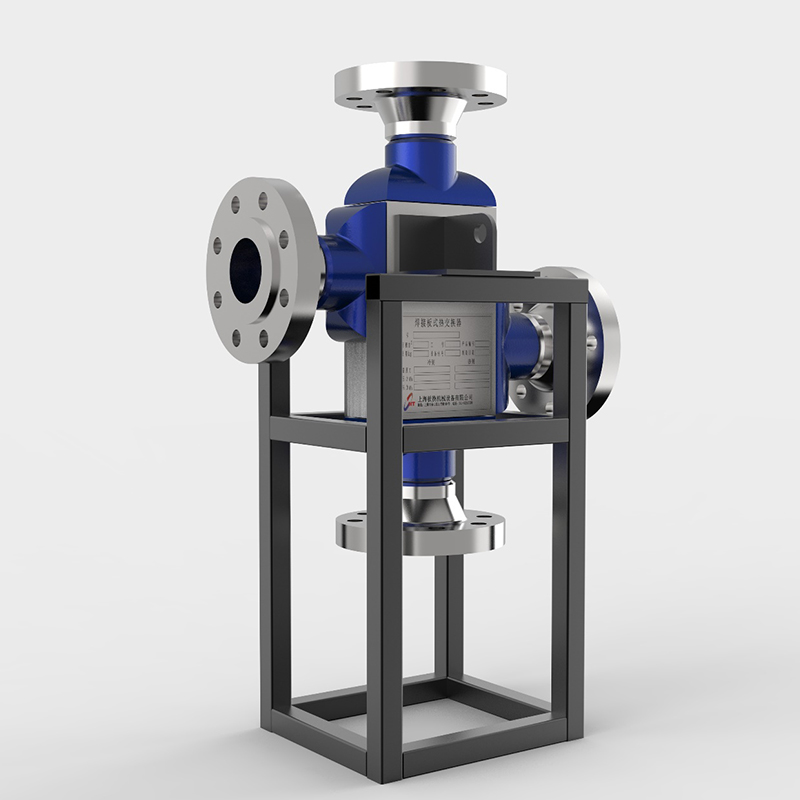5 key roles of plate heat exchanger gaskets.
Plate heat exchanger gaskets perform 5 key roles: ...
More
The principle of a cold heat exchanger, often referred to in contexts like cryogenics, refrigeration, or industrial process cooling, is fundamentally governed by the laws of thermodynamics, specifically the transfer of thermal energy from a colder medium to a warmer one. In a typical setup, this involves two separate fluid streams—a process fluid that requires cooling and a refrigerant or coolant—that flow in close proximity without mixing, separated by a solid barrier with high thermal conductivity, such as aluminum or copper. The core mechanism is conductive heat transfer through this barrier, where thermal energy moves from the higher-temperature process stream to the lower-temperature refrigerant stream, driven by the temperature gradient. This process is meticulously engineered to maximize the surface area for heat transfer through the use of fins, plates, or coiled tubes, while simultaneously minimizing pressure drops and energy losses. In advanced systems, particularly those operating at cryogenic temperatures, the design must account for extreme material contractions and specialized fluids like liquid nitrogen. The efficiency of this heat exchange is quantitatively expressed by metrics such as the overall heat transfer coefficient (U-value), which can range from 250 to 750 W/m²K for compact plate heat exchangers in refrigeration duties, and the effectiveness-NTU method, which is crucial for predicting performance under varying load conditions. The operational principle is not merely about temperature reduction but achieving precise thermal control, which is critical for applications like gas liquefaction, where temperature swings of even a few degrees can impact process efficiency and product quality. Modern designs also integrate predictive maintenance sensors and are optimized using computational fluid dynamics (CFD) simulations to enhance thermal-hydraulic performance, ensuring reliability and energy efficiency in demanding environments.
Select the most popular foreign trade service products to meet your diverse needs
Learn more about the dynamics and professional knowledge of the foreign trade industry

Plate heat exchanger gaskets perform 5 key roles: ...
More
A gasket in heat exchanger seals surfaces, blocks ...
MoreAPI 662 defines standards for plate heat exchanger...
More
You can see clear differences between welded block...
More
Ignoring a fouled heat exchanger causes high energ...
More
A heat exchanger's main parts include the heat tra...
MoreSelect the most popular foreign trade service products to meet your diverse needs
Explore more content related to foreign trade services

User Comments
Service Experience Sharing from Real Customers
Michael Chen
HVAC EngineerThe performance of this cold heat exchanger is exceptional. It significantly improved our system's efficiency and the build quality is robust. A top-tier component for any serious thermal management application.
Sarah Johnson
Facility ManagerWe installed this unit to handle process cooling and it has been incredibly reliable. The heat transfer rates are excellent and it operates much more quietly than our previous model. Highly recommended for commercial HVAC systems.
David Rodriguez
Maintenance SupervisorA very solid and well-designed cold heat exchanger. Installation was straightforward, and it has performed without issue for several months now. It delivers consistent cooling power exactly as advertised.
Emily Watson
Research ScientistPrecise temperature control is critical for our lab experiments. This heat exchanger provides stable and accurate cooling, which has greatly improved the consistency of our results. An invaluable piece of equipment.